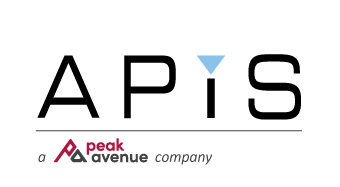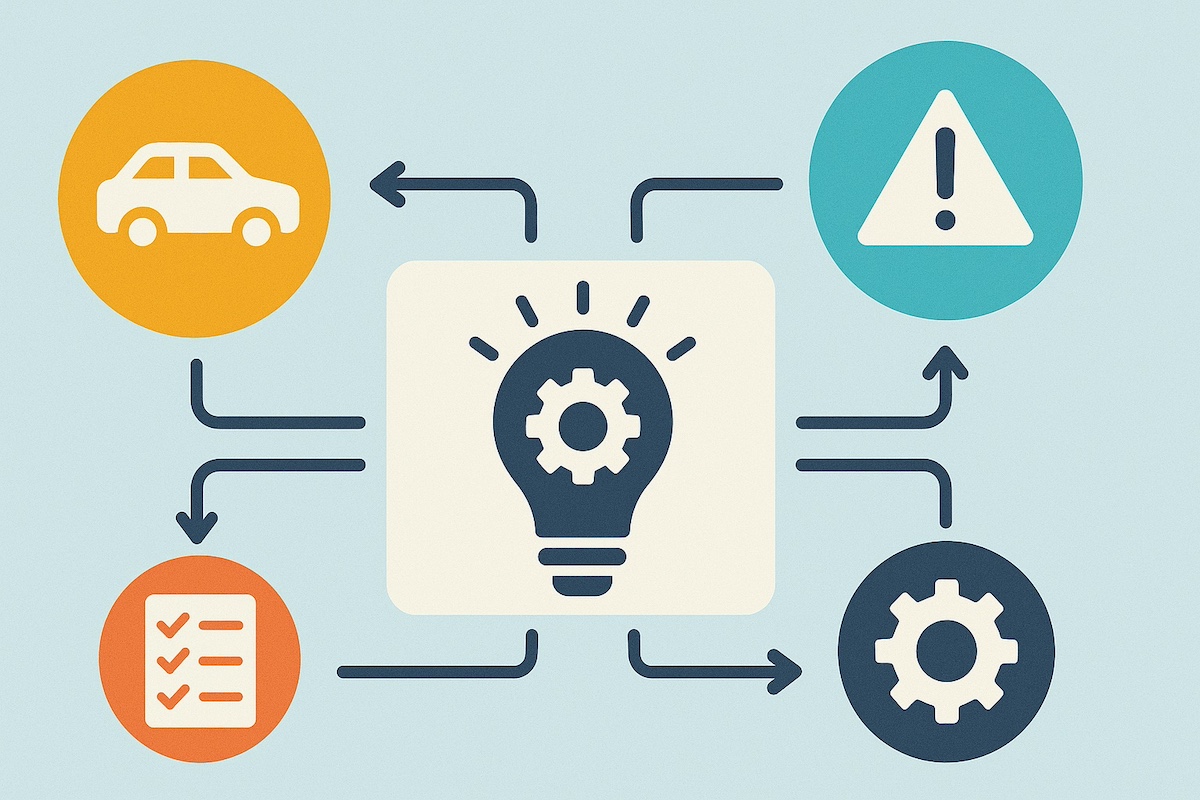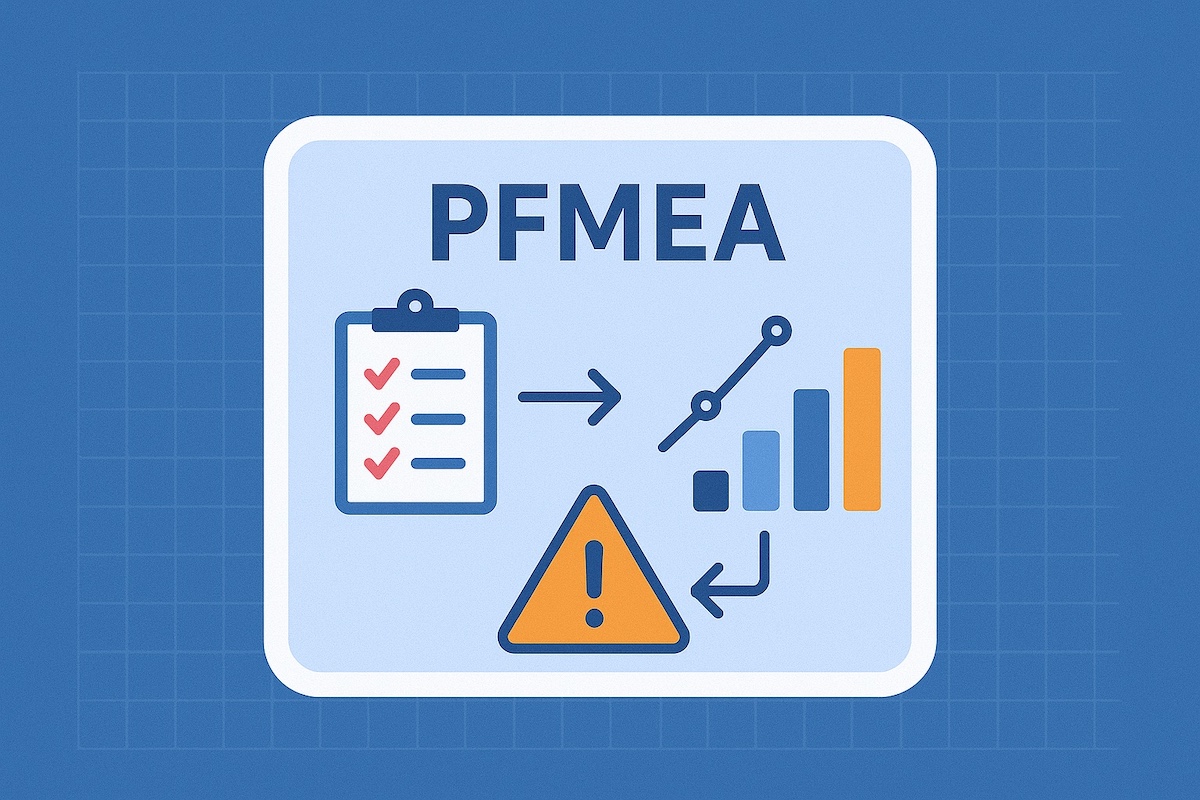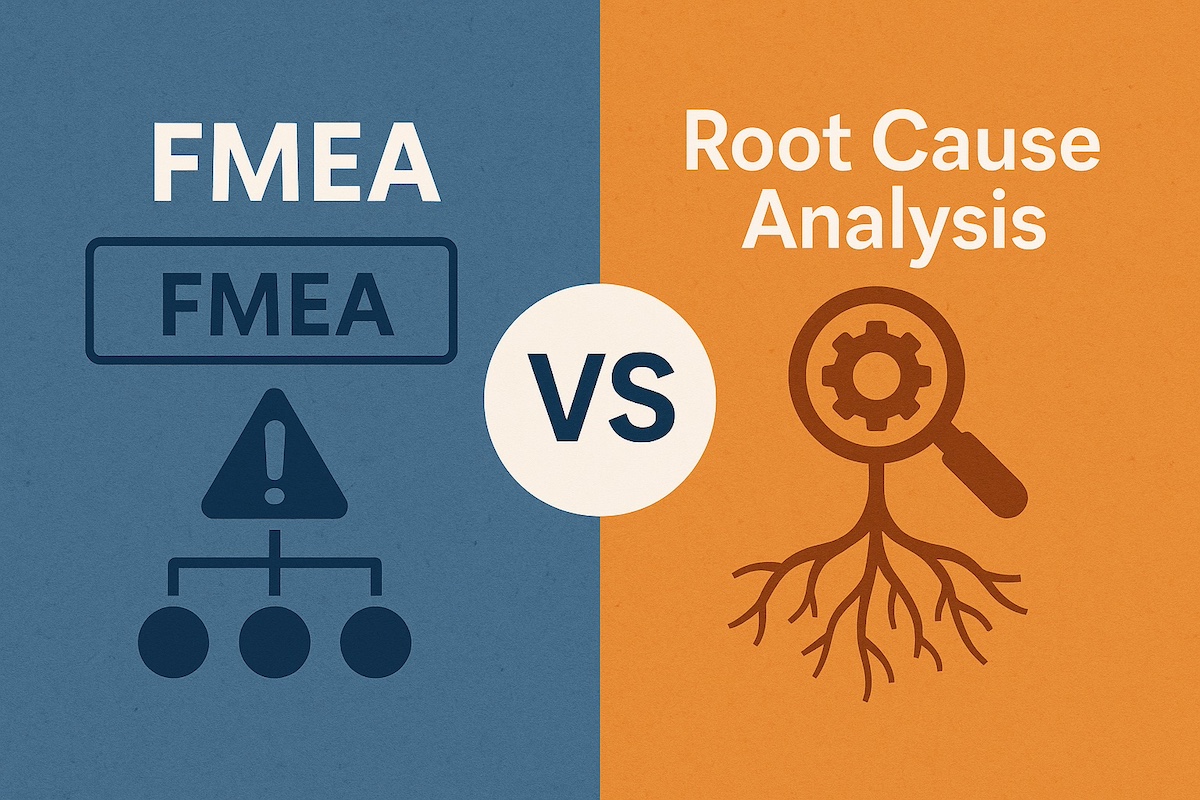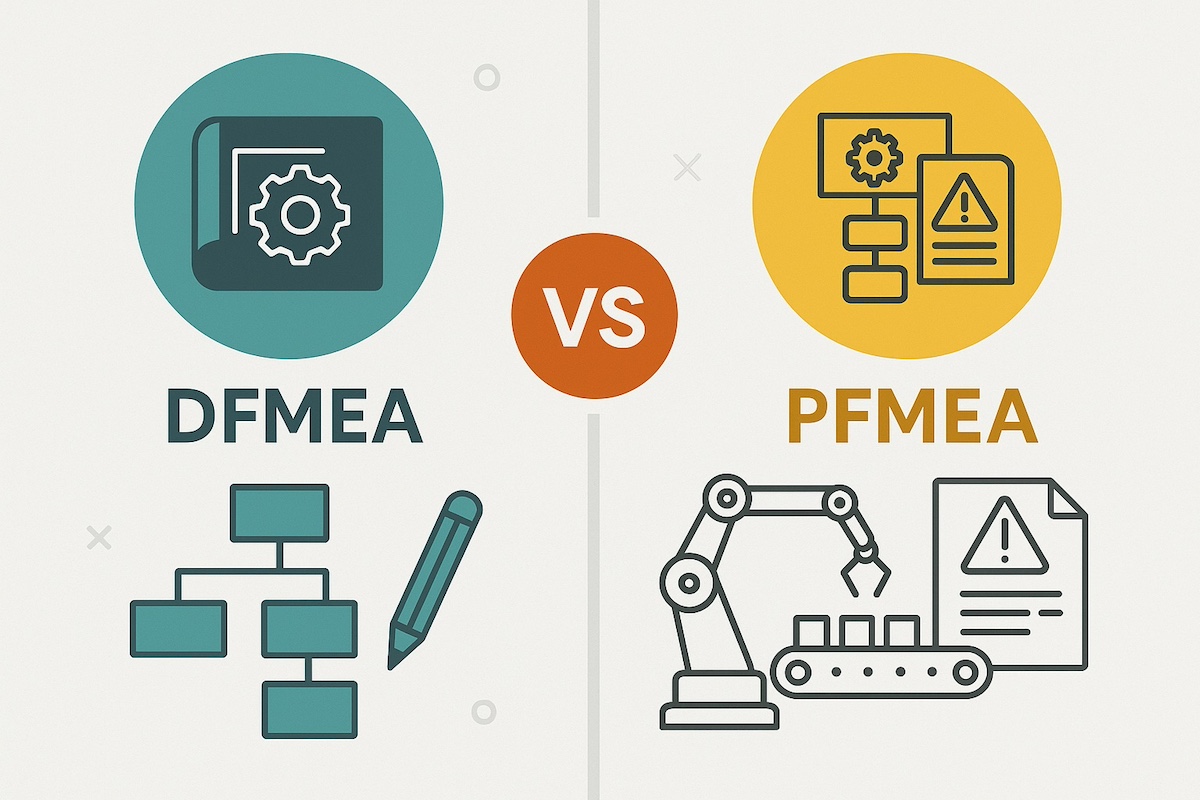In today’s competitive markets, designing reliable, high-quality products isn’t optional — it’s essential. To achieve this, manufacturers and engineers rely on a tool called DFMEA, or Design Failure Mode and Effects Analysis. It’s a structured method to identify and manage potential design risks early, helping companies build better products, reduce failures, and strengthen customer trust.
This guide will explain exactly what DFMEA is, why it matters in product design and risk management, and how you can use it to drive smarter engineering decisions throughout the product lifecycle.
What Is DFMEA?
Definition of DFMEA
DFMEA stands for Design Failure Mode and Effects Analysis. It’s a proactive approach used to systematically identify potential failures in a product’s design, assess their impact, and prioritize corrective actions before the product reaches the customer.
DFMEA is a part of the broader FMEA methodology, which also includes PFMEA (Process Failure Mode and Effects Analysis) among others. While PFMEA focuses on preventing failures during manufacturing processes, DFMEA specifically targets risks that originate in the design itself — before production begins.
Key Objectives of DFMEA
The main goals of DFMEA are to:
- Detect design weaknesses early in development
- Understand the potential effects of design failures on product performance and customer safety
- Prioritize the most critical risks for corrective action
- Strengthen the overall robustness, quality, and reliability of the final product
- Drive manufacturing & assembly risk analysis prioritization of people and equipment (PFMEA and Control Plan).
By applying DFMEA effectively, teams can confidently move forward knowing they’ve taken proactive steps to deliver a safer and more effective product.
Key Elements of a DFMEA
Design Functions
Before risks can be evaluated, teams must clearly understand the design’s intended functions — what each device and its components must do to meet customer needs and regulatory requirements. For example, a function of a spring might be to “provide force at a specified height.”
Potential Failures
Potential failures describe the ways the design might not fulfill its intended functions. For example, the spring could fail with “force at specified height too high” ( or too low, or no force at all).
Effects of Failure
Each failure can lead to specific effects, ranging from minor performance issues to serious safety hazards. Understanding the consequences helps determine the severity of each potential problem.
Severity, Occurrence, and Detection Ratings
Each potential issue is scored based on three factors:
- Severity (S): How serious would the consequences be if the failure occurred?
- Occurrence (O): How effective are current measures at preventing the failure? (A response to this can “failure rate” can be used if it is available)
- Detection (D): How effective are the current measures at detecting (or exposing) the failure during product design and development?
These ratings are used to determine prioritization metrics (e.g., Risk Priority Number (RPN), Action Priority (AP), or Risk Priority Level (RPL)) ****which help prioritize which risks need immediate attention.
Planned Improvement Actions (a.k.a. Recommended Actions)
The final step involves planning, implementing, and verification of new corrective actions. These might include design changes, new testing procedures, material improvements, or other steps aimed at reducing risk and improving product reliability and robustness.
Why DFMEA Matters in Product Design
Early Risk Detection
Identifying design risks during the early stages of product development is far more cost-effective than fixing problems later in the manufacturing or post-launch phase. DFMEA allows teams to detect vulnerabilities early when changes are easier and less expensive to implement.
Improving Product Quality and Customer Satisfaction
A design that undergoes thorough DFMEA evaluation is more likely to perform consistently and meet customer expectations over its intended life. This leads to higher product quality, fewer recalls and warranty claims, and generally greater overall product robustness…all of which lead to brand loyalty.
Compliance with Industry Standards
Many industries, especially those with strict safety and reliability requirements, mandate risk management practices like DFMEA. Automotive (following the SAE-J1739, AIAG/VDA FMEA Handbook), aerospace (MIL-STD-1629 FMECA or SAE-ARP5580), and medical device industries (ISO-14971) often require DFMEA to ensure regulatory compliance and product certification.
DFMEA’s Role in Risk Management
Proactive vs Reactive Risk Management
Traditional risk management often involves reacting to problems after they arise. DFMEA, on the other hand, is about proactive risk management — anticipating and preventing failures before they happen. This shift not only saves money but also enhances user safety and product reputation.
Reducing Warranty Costs and Liability
Products that fail in the field lead to warranty claims, expensive recalls, reputational damage, and even legal action. By systematically addressing potential design failures upfront, DFMEA dramatically reduces these risks and protects the bottom line.
Cross-functional Team Collaboration
DFMEA is most effective when it includes input from across the organization. Design engineers, quality teams, manufacturing experts, and service personnel all bring valuable perspectives. This collaboration ensures that all potential risks — not just the obvious ones — are identified and addressed.
Common Mistakes to Avoid in DFMEA
Treating It as a One-Time Task
A DFMEA should not be completed once and forgotten.
Designs evolve, customer expectations change, and new risks emerge. DFMEAs should be reviewed and updated regularly.
Lack of Cross-functional Involvement
Without diverse perspectives, it’s easy to miss critical risks. Always include team members from different disciplines for a complete analysis.
Ignoring Low Severity but High Occurrence Failures
Even if a failure mode seems minor, if it occurs frequently, it can lead to customer dissatisfaction and high service costs. DFMEA should account for both severity and frequency.
FAQs About DFMEA
What is the difference between DFMEA and PFMEA?
DFMEA focuses on analyzing potential risks related to the design of a product, while PFMEA addresses risks related to the manufacturing process. Both approaches are essential, but target different stages of product development.
When should DFMEA be conducted during the design process?
DFMEA should start early — ideally during the concept development phase — and continue to evolve as the design matures. The DFMEA needs to be completed early enough to impact the design.
How often should DFMEA be updated?
Update the DFMEA anytime there is a design change, introduction of new materials, feedback from testing, or after product launches reveal new information.
Who should be involved in a DFMEA analysis?
Design engineers, manufacturing engineers, quality assurance personnel, service representatives, and suppliers should participate to ensure all angles are considered.
What software tools can assist with DFMEA?
Tools like the APIS® IQ-Software are specifically designed to simplify and improve the DFMEA process, offering intelligent features for tracking risks, ensuring compliance, and collaborating across teams.
Conclusion
Incorporating DFMEA into your product design process is more than a best practice — it’s a vital strategy for ensuring your products are safe, reliable, and competitive. By identifying risks early, prioritizing improvements, and continuously refining designs, organizations can reduce costs, increase customer satisfaction, and achieve long-term success.
At APiS® North America, we are passionate about helping companies master DFMEA and achieve world-class risk management. Our APIS® IQ-Software empowers teams to perform DFMEA more effectively, streamline their workflows, and stay aligned with global standards like AIAG-VDA FMEA.
If you’re ready to strengthen your product development process and build safer, smarter products, please reach out to us here. We’re here to support your journey toward design excellence.
